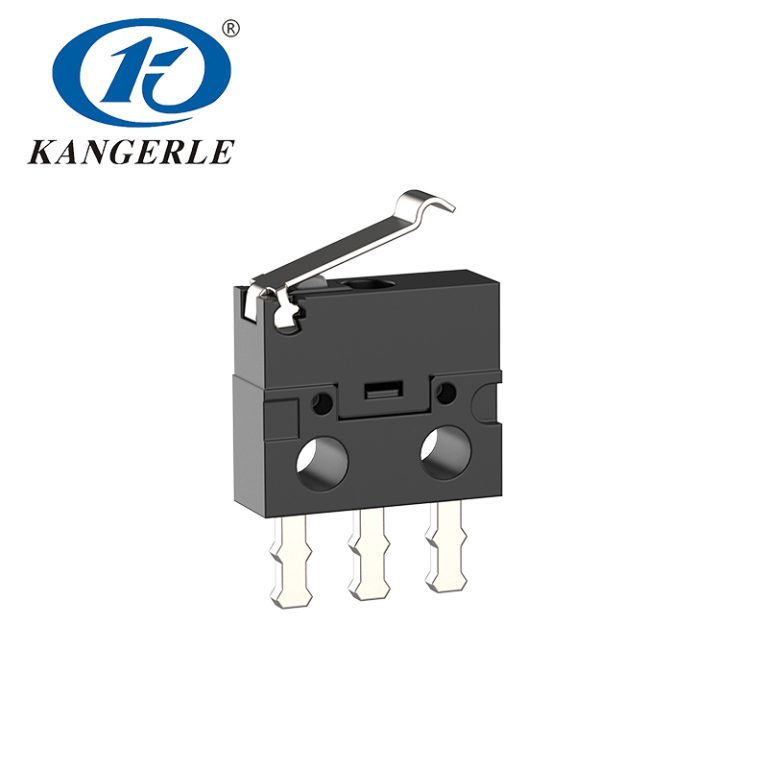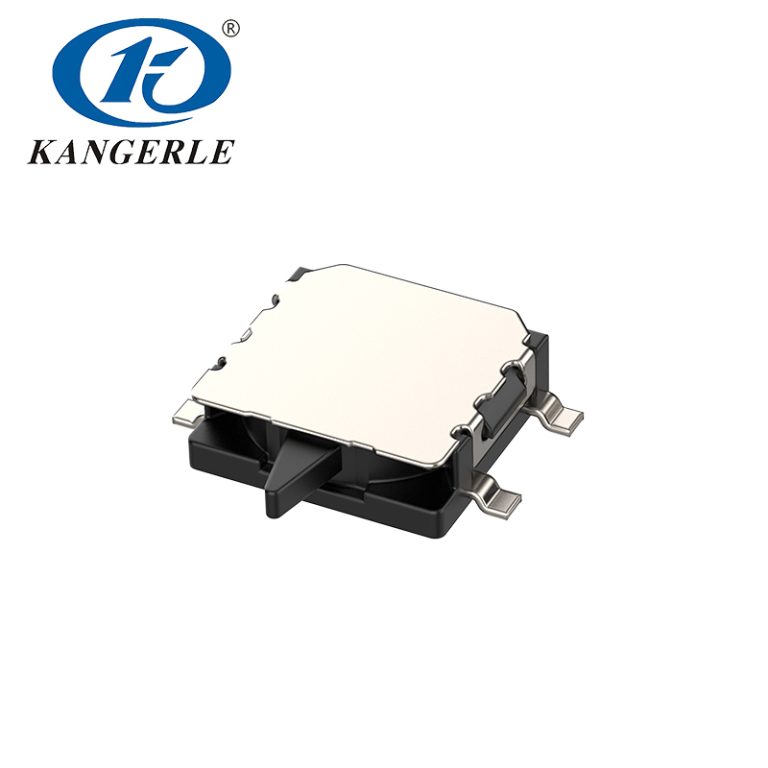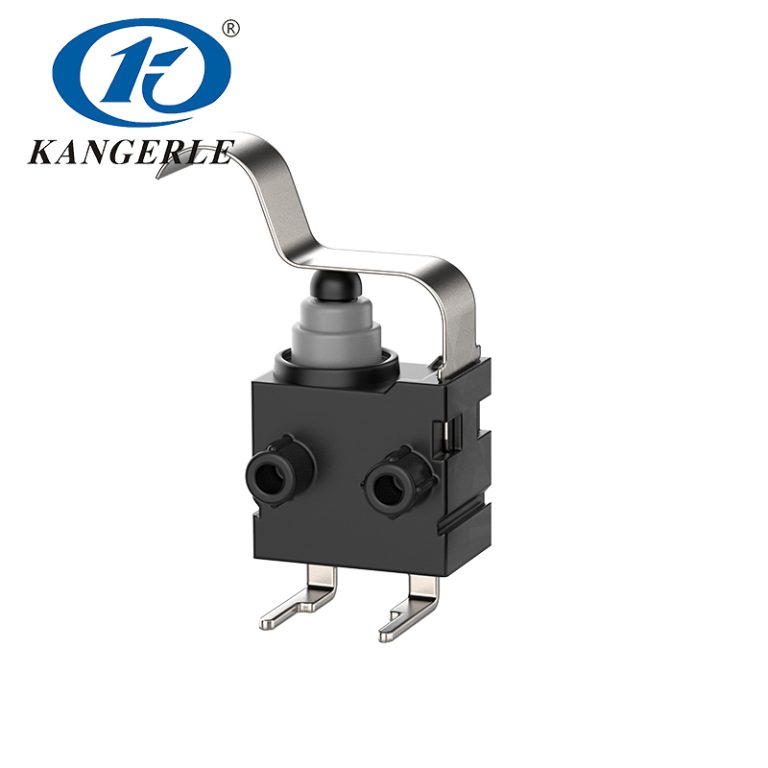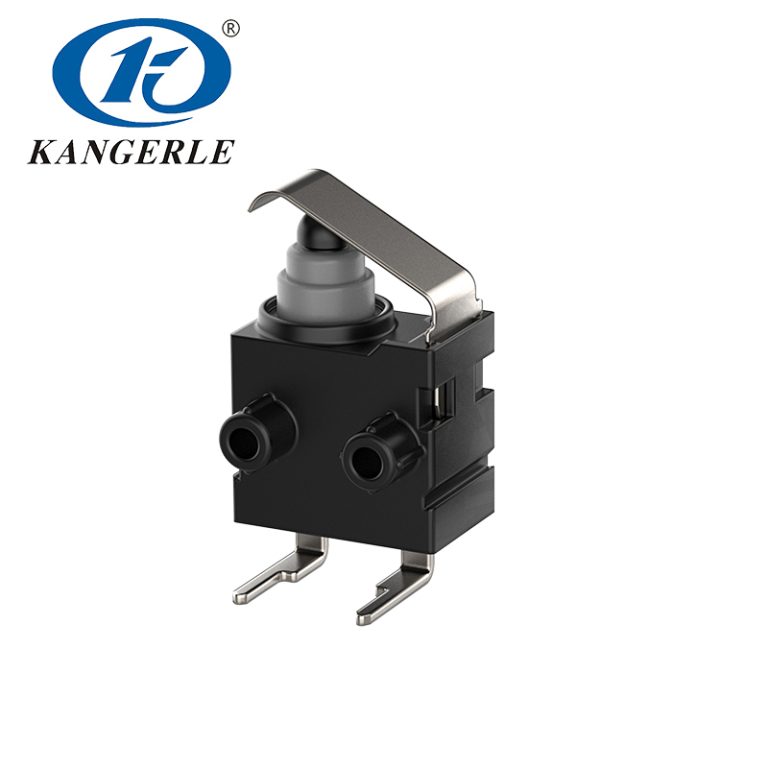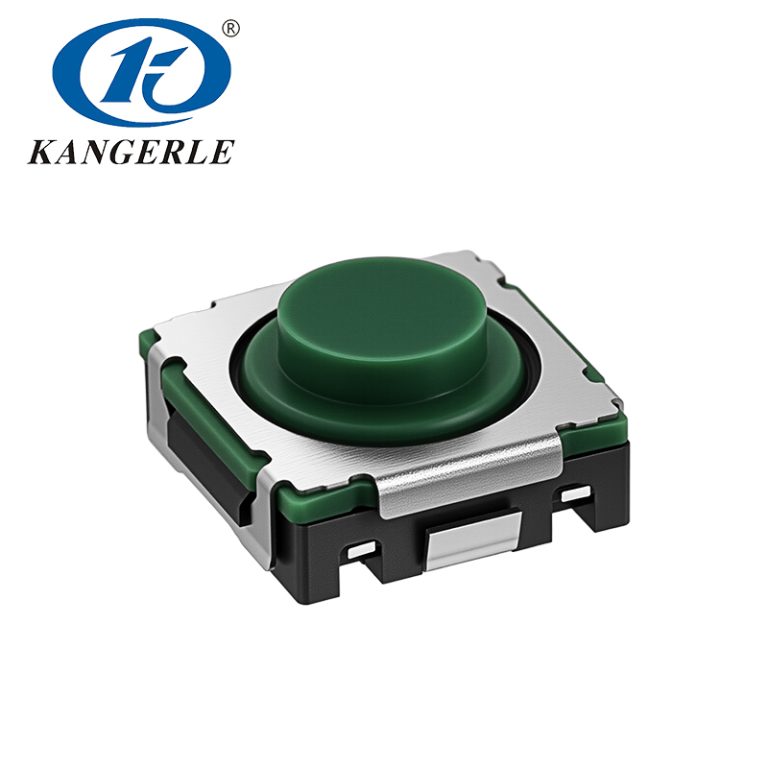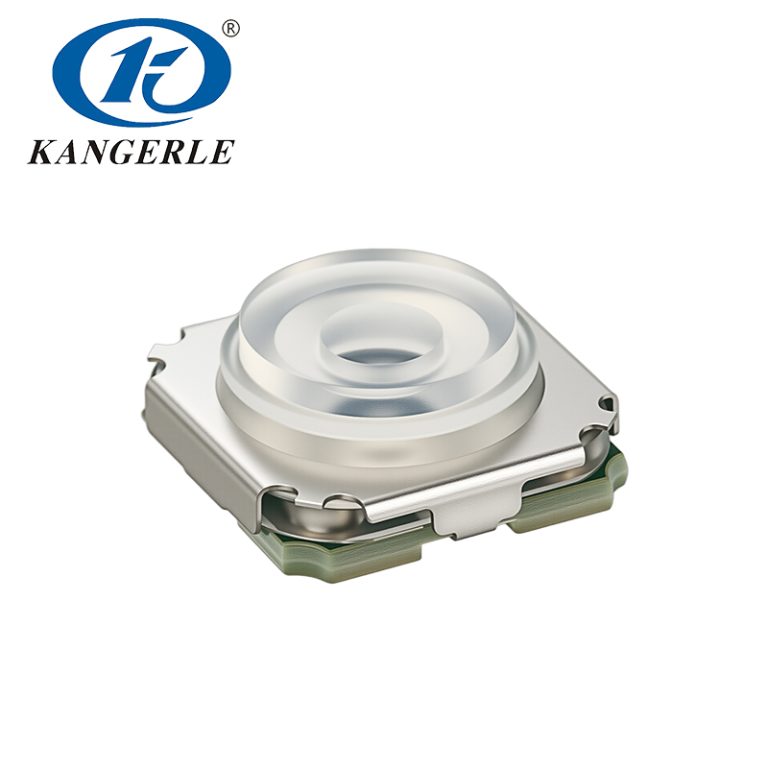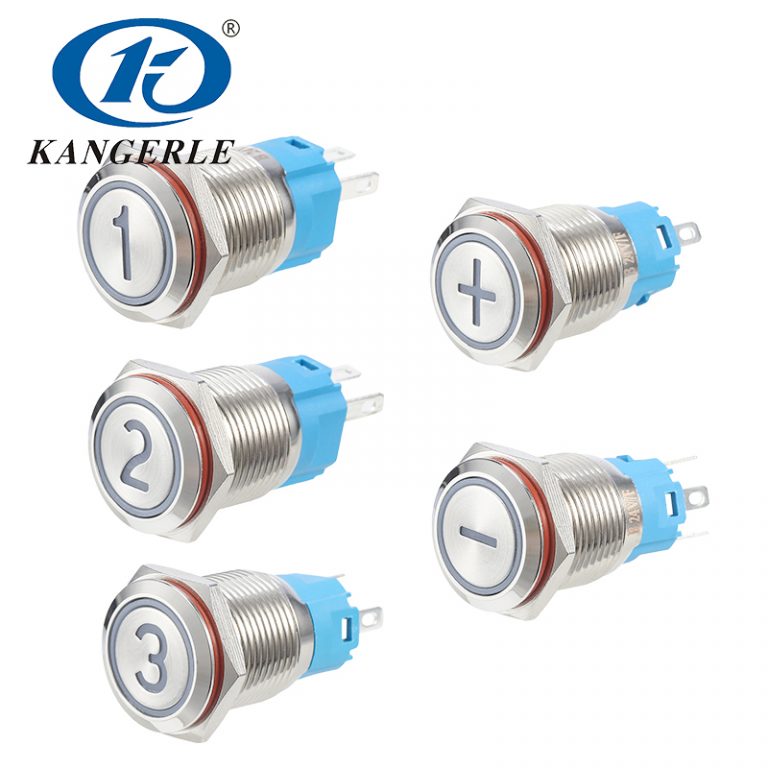Hitting the gym feels good. But what about the machines you use? Treadmills and stationary bikes get pounded day in, day out. Users sweat, push hard, and expect everything to work smoothly. That’s where metal push button switches come in. These little components handle the start, stop, and speed changes. They make a big difference in how reliable your workout feels. If you’re designing or buying fitness equipment, knowing their perks can save headaches down the road.
Ever had a button stick or fail mid-run? Frustrating, right? Metal versions cut that risk. Let’s dig into why they fit so well in this sweaty world.
What Makes Metal Push Button Switches Stand Out?
Push button switches are simple. Press, and they complete a circuit. Metal ones use sturdy casings, often stainless steel or aluminum. Inside, contacts handle low voltage like 12V DC at 50mA. They work in temps from -10 to 60°C. No fancy stuff, just solid build.
Why metal over plastic? Plastic cracks under pressure. Metal takes hits. In fitness setups, buttons face constant pokes. Users adjust incline on treadmills or resistance on bikes. Metal holds up.
Key traits:
- Tough outer shell resists wear.
- Sealed designs keep dust out.
- Quick response for instant control.
They fit consoles perfectly. Small size, easy mount. But their real strength shows in tough spots.
How These Switches Fit Into Fitness Equipment
Treadmills have power buttons, speed ups, and emergency stops. Stationary bikes use them for program selects or fan controls. Metal push buttons handle it all.
On a treadmill, the start button gets pressed hundreds of times daily in a gym. Sweat drips. Dust builds. Metal switches seal tight, often with no IP rating listed but built to last 10,000 cycles mechanically.
Bikes? Resistance adjustments or heart rate monitors tie into buttons. Metal ones feel premium. Click is crisp. No wobble.
Applications go beyond basics. Some control lights or sounds. In home gear, they add a pro touch.
Top Benefits for Your Workout Machines
Metal push button switches bring real advantages. Let’s break them down.
Durability That Lasts Through Sweaty Sessions
Fitness equipment sees abuse. Users lean on consoles. Buttons get jammed. Metal withstands it. Unlike plastic, which warps or breaks, metal stays firm.
Think about a busy gym. A treadmill button might cycle 1,000 times a week. With a lifespan of 10,000 electrical operations, that’s months without fail. Mechanical life hits 10,000 too. Less downtime means happier users.
In tests, metal holds against impacts. Drop a water bottle? No crack. This cuts repair calls.
Resistance to Moisture and Grime
Sweat is enemy number one. It corrodes contacts. Metal switches often come sealed. Even without high IP, their build blocks moisture.
For bikes, riders drip sweat during spins. Treadmills in humid rooms? Same issue. Metal doesn’t absorb water like plastic. Wipe clean, no residue.
Bullet points on moisture perks:
- Seals prevent short circuits.
- Corrosion-resistant materials last longer.
- Easy to sanitize post-workout.
Gyms clean machines daily. Metal handles sprays without damage.
Safety First in High-Intensity Use
Emergency stops on treadmills use push buttons. They need to work every time. Metal provides reliable feedback. You feel the click, know it’s engaged.
Low contact resistance, under 500mΩ, means steady signals. Insulation over 100MΩ prevents shocks. Withstand voltage at 100VAC adds protection.
In bikes, buttons control speed. Faulty ones could cause slips. Metal’s stability keeps things safe.
User-Friendly Feel and Look
Buttons should feel good. Metal gives a solid press. No mushy response. Operating force around standard levels makes it intuitive.
Aesthetically, metal looks sleek. Matches modern gym vibes. Chrome or brushed finishes blend with consoles.
For home users, this premium touch motivates. Pros notice the difference too.
Cost Savings Over Time
Upfront, metal costs more. But longevity pays off. Fewer replacements. In commercial gyms, this adds up.
Table comparing metal vs plastic:
| Aspect | Metal Push Button Switches | Plastic Alternatives |
| Lifespan | 10,000+ cycles | 5,000 cycles |
| Moisture Resistance | High, sealed builds | Low, prone to ingress |
| Impact Toughness | Excellent | Fair |
| Maintenance | Low | Higher |
| User Feedback | Crisp click | Softer, less reliable |
See? Metal wins for heavy use.
Reliability in Varied Conditions
Fitness spots vary. Hot yoga rooms? Cold garages? Metal switches handle -10 to 60°C. No freeze or melt.
Certifications like UL or CE back this. They meet safety standards for electrical gear.
In portable bikes, vibration tests matter. Metal absorbs shakes better.
Real-World Examples in Gear
Picture a treadmill console. Metal buttons for incline. They endure endless adjustments. No fade.
On bikes, program selectors use them. Riders switch modes mid-ride. Smooth operation keeps focus on workout.
Home setups benefit too. Compact designs fit small spaces. Metal adds durability for family use.
Issues with plastic? They yellow or crack. Metal stays new-looking.
Picking the Right Switch for Your Needs
Not all metal switches fit every machine. Check voltage: 12V DC common. Current: 50mA handles controls.
Circuit type: Often normally open or closed. Match to equipment.
Size matters. Compact for consoles.
Talk to suppliers. Custom options available.
Zhejiang Kangerle Electronics Co., Ltd: Your Metal Push Button Switches Supplier
Zhejiang Kangerle Electronics Co., Ltd started in 1993. Based in Wenzhou, China, they cover 20,000 square meters. They make micro switches, detector switches, and push button switches. Products go into appliances, cars, security, and more. With ISO9001:2015 and IATF16949:2016 certifications, plus UL, TUV, CE, CB, ROHS. Monthly output tops 50 million pieces. Their focus on quality and tech makes them a go-to for reliable metal push button switches.
Conclusion
Metal push button switches boost fitness equipment big time. They handle wear, sweat, and daily grind. From treadmills to bikes, they keep things running smooth and safe. Pick them for gear that lasts. Your workouts – and business – will thank you.
FAQs
Why choose metal push button switches over plastic in fitness equipment?
Metal push button switches last longer in tough spots. Plastic wears out fast from sweat and presses. Metal stays strong, cutting fixes in treadmills or bikes.
How do metal push button switches handle sweat in fitness equipment?
They seal well against moisture. Sweat won’t short them out. Perfect for humid gyms or intense rides on stationary bikes.
Are metal push button switches safe for high-use fitness equipment?
Yes. Low resistance and high insulation prevent issues. Emergency stops on treadmills work reliably every time.
What lifespan can I expect from metal push button switches in fitness equipment?
Around 10,000 cycles or more. That means months of daily use without fail in busy setups.
Can metal push button switches improve the look of fitness equipment?
Absolutely. Their sleek metal finish adds a pro vibe. Users notice the quality on consoles of treadmills or bikes.

